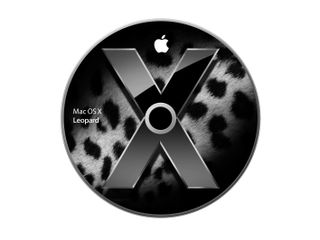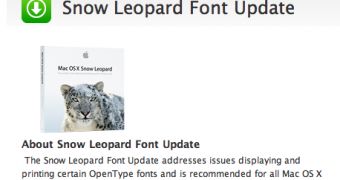
$ sudo dd if=/"Snow Leopard Install.iso" of=/dev/rdisk5 bs=1m Read the notes below the sudo command below - important (this changes your directory to the downloads directory where you have your. (this completely unmounts the disk - takes a minute or so you'll get a message saying all partitions unmounted - DO NOT eject in Finder) (lists drives - the USB of 8.05GB is /dev/disk5 with sub partitions of disk5s1 etc These commands are in Terminal (the $ is the cursor which is the default in Terminal) finder -> Applications -> Utilities -> Terminal Finder -> Applications -> Utilities -> Disk Utility My USB name is 8.05GB Vendor Co Underneath is ‘No Name’ Important step - initialising to GUID Partition Click on 8.05GB Vendor Co (or whatever name yours is) Select Erase Name (your choice) GUID Partition, MAC Extended (Journaled)Ĥ.
APPLE SNOW LEOPARD UPGRADE ISO
Download the ISO image (takes a long time, once finished I also did another copy in the downloads folder just in case)ģ. I’ve made the steps as detailed as possible.įor the purposes of this, if you see disk5 - then you will insert your own disk number based on your configuration.ġ. dmg that sucked all my bandwidth and did….nothing.
APPLE SNOW LEOPARD UPGRADE TRIAL
It’s a long post - but is a result of days of research and trial and error - wasted three days on a. iso worked - my 9,1 is now up and running. In 2020, two developer previews of Snow Leopard that are universal appeared on the Internet that can be booted on select G4 and G5 Power Macs with modification and patching.
APPLE SNOW LEOPARD UPGRADE PLUS
Snow Leopard releases do not support PowerPC-based Macs (e.g., Power Macs, PowerBooks, iBooks, iMacs (G3-G5), all eMacs, plus pre-February 2006 Mac minis and the Power Mac G4 Cube), although PowerPC applications are supported via Rosetta, which is now an optional install.





 0 kommentar(er)
0 kommentar(er)
